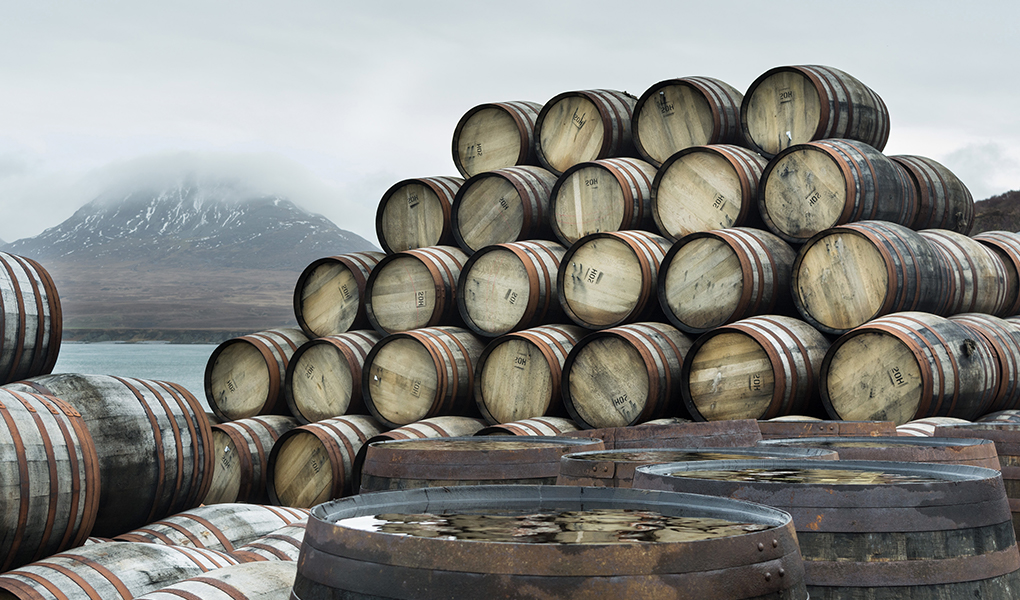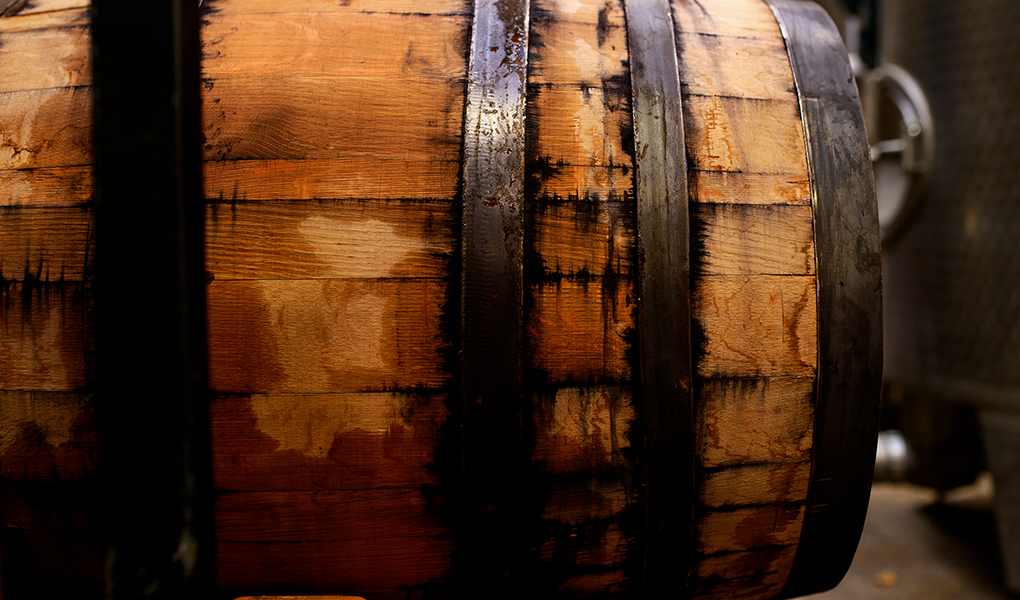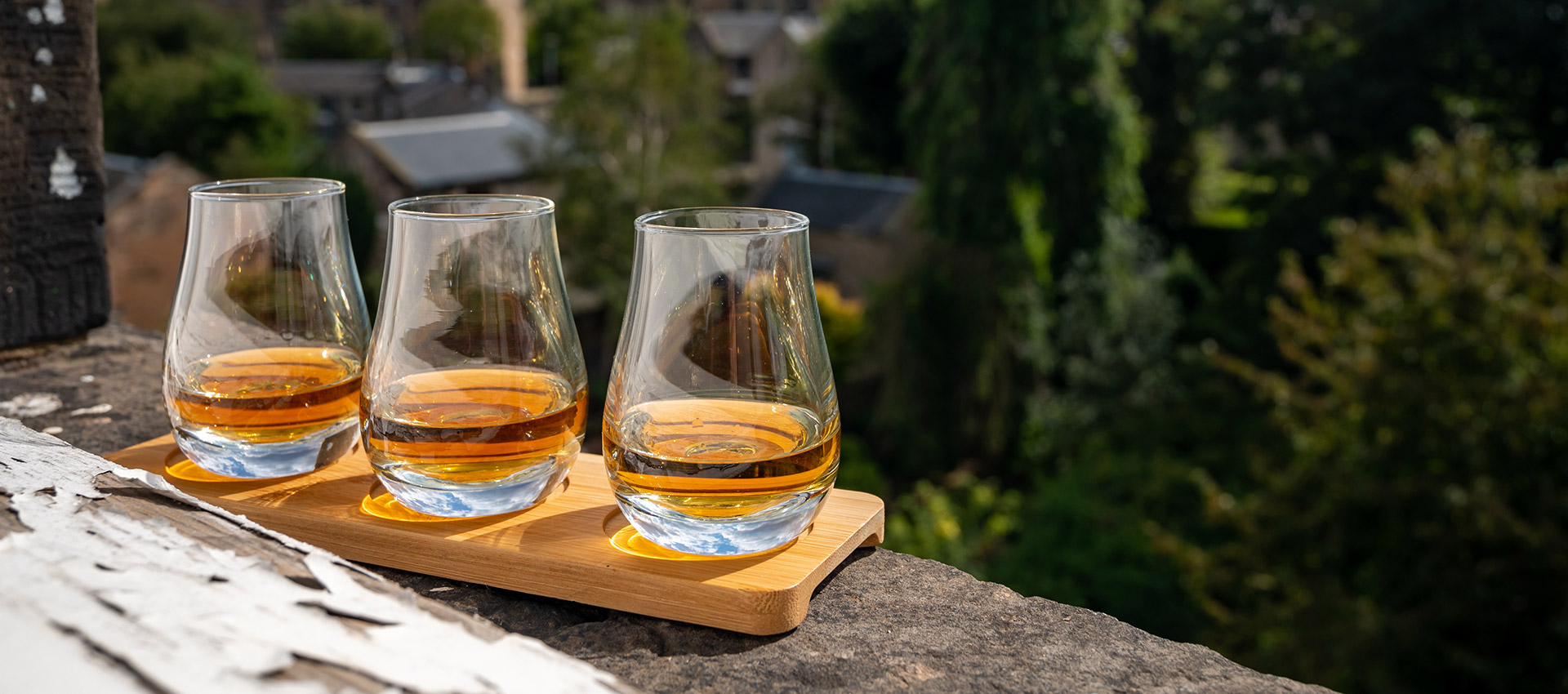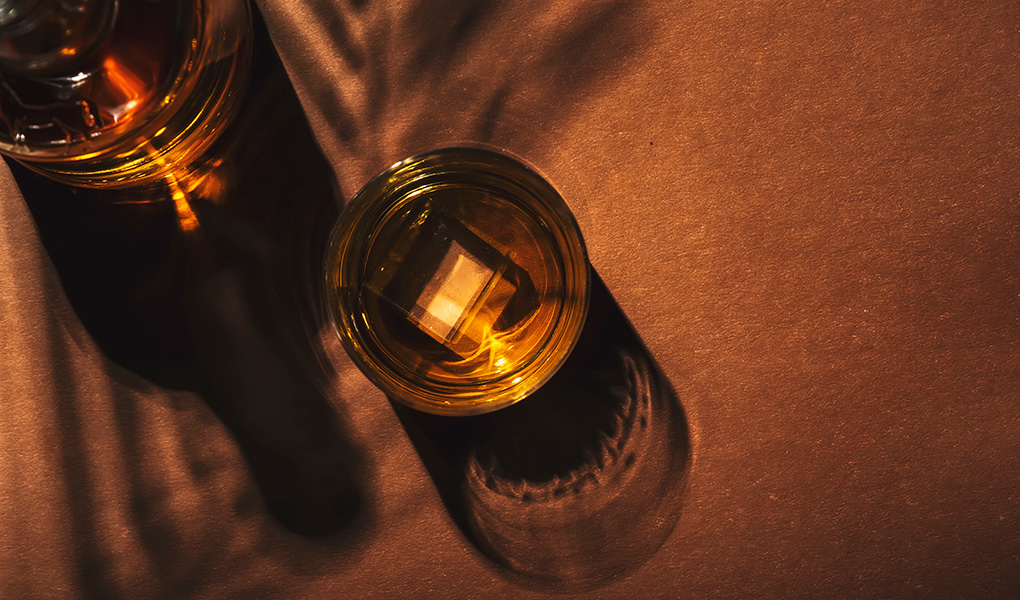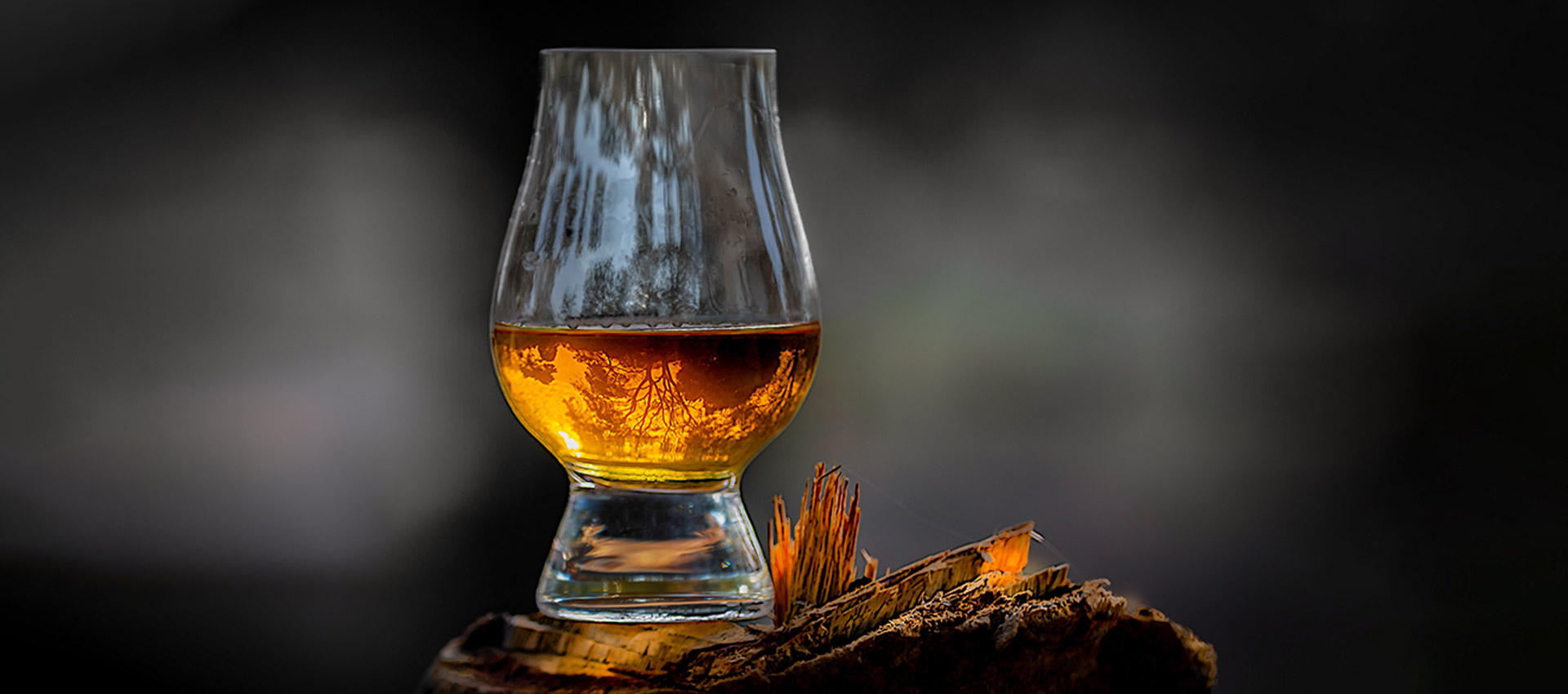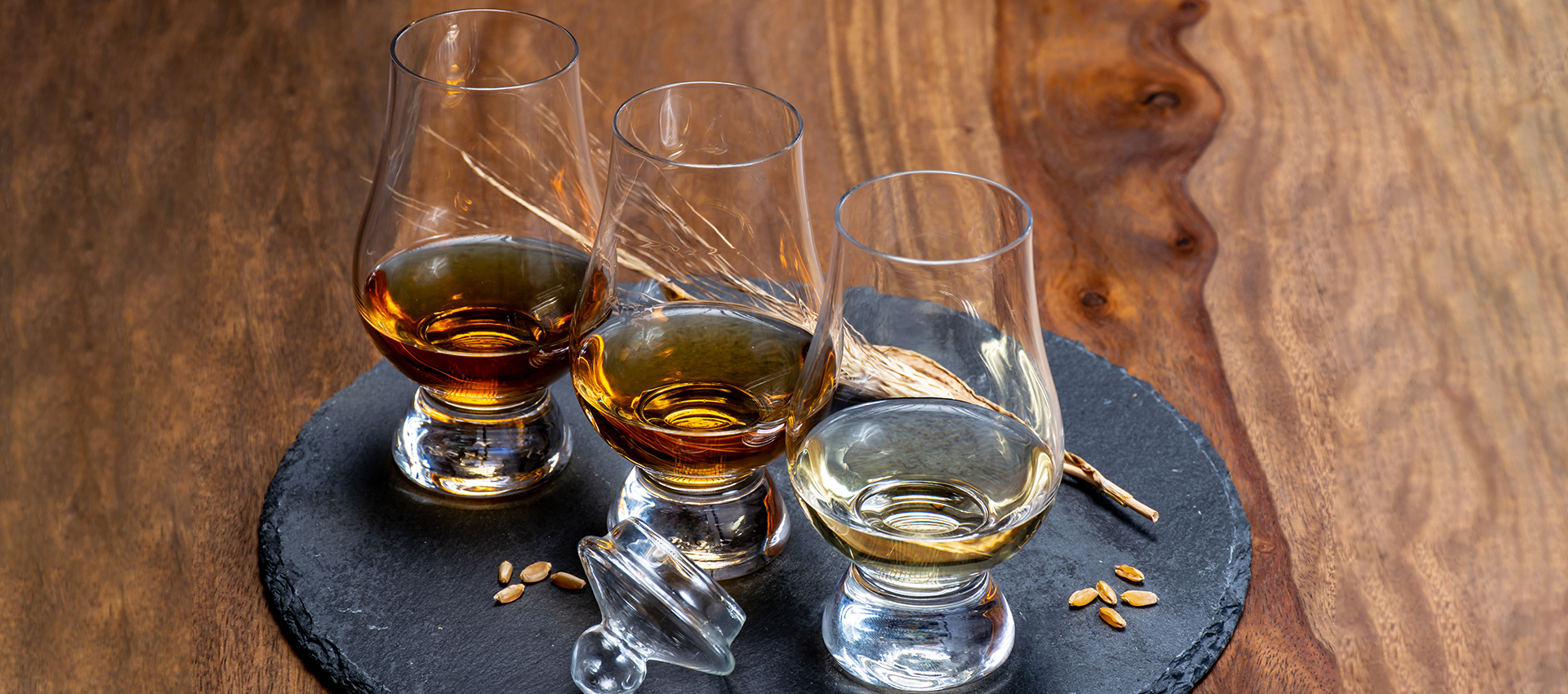During the maturation process, the oak wood interacts with the spirit and undergoes several chemical reactions inside the casks — which contributes to the distinct characteristics of the whisky.
Mainly, three types of reactions take place in the whisky casks during maturation: additive maturation, subtractive maturation, and interactive maturation.
Additive Maturation
During additive maturation, the oak wood adds various compounds, such as vanillin, cellulose and tannin, to the spirit. These compounds of wood contribute to the flavours, aromas, and colours to whisky.
For instance, American white oak contains vanillins that impart the whisky with notes of vanilla and coconut.
Likewise, the breakdown of cellulose in wood releases melanoidins, which gives whisky its golden brown colour.
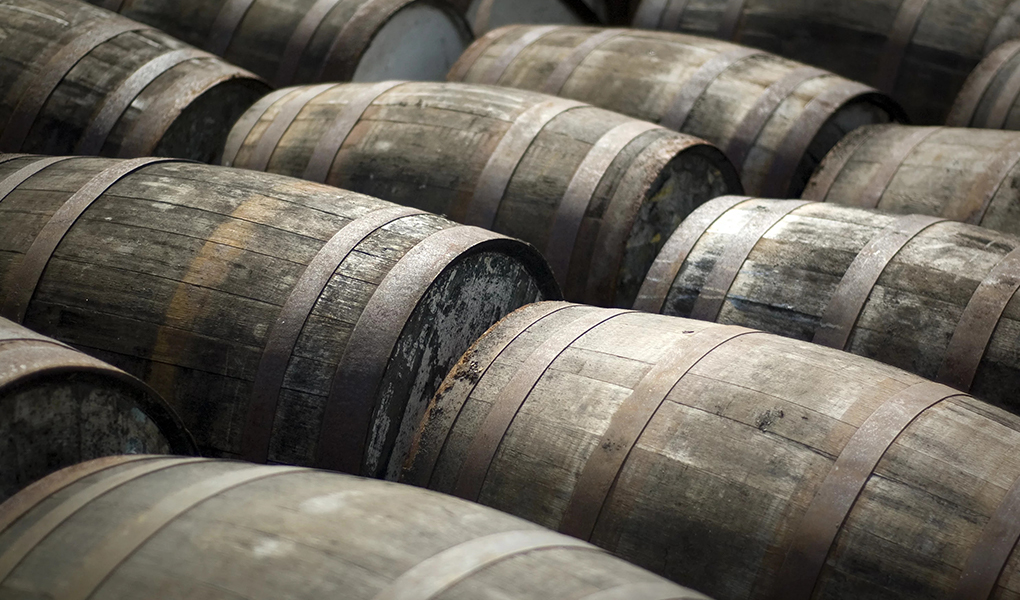
Subtractive Maturation
Subtractive maturation involves the loss of certain undesirable compounds from the distilled spirit as it interacts with the casks.
The charred or toasted surface of casks also act as a natural filter, removing impurities such as sulphur compounds from the spirit.
Additionally, a portion of alcohol and water (about 1-10%) is lost through evaporation from the casks, also known as “angel’s share”**. This loss results in more concentrated and complex flavours and aromas of the whisky.
Interactive Maturation
During interactive maturation, the natural environment and weather influences the whisky’s final character.
With temperature fluctuations**, the spirit expands and contracts inside the casks. The wood allows oxygen in — leading to oxidation of components of the spirit and the wood to form new flavour compounds.
For example, ethanol and acids react to produce esters that give whisky fruity and floral aromas.
